Dongfeng Motor launches new strategy, product, partnerships in automotive sector
Beijing (ZXZC)- On September 23, Dongfeng Motor’s Autumn Brand Launch Event and the 9th Innovation and Technology Week (hereinafter referred to as Tech Week) opened in Wuhan. At the event, Dongfeng Motor officially unveiled its "New Vehicles, New Life" Technology Leap 3.0 initiative, the next-generation Tianyuan vehicle architecture, and a new energy commercial vehicle platform.
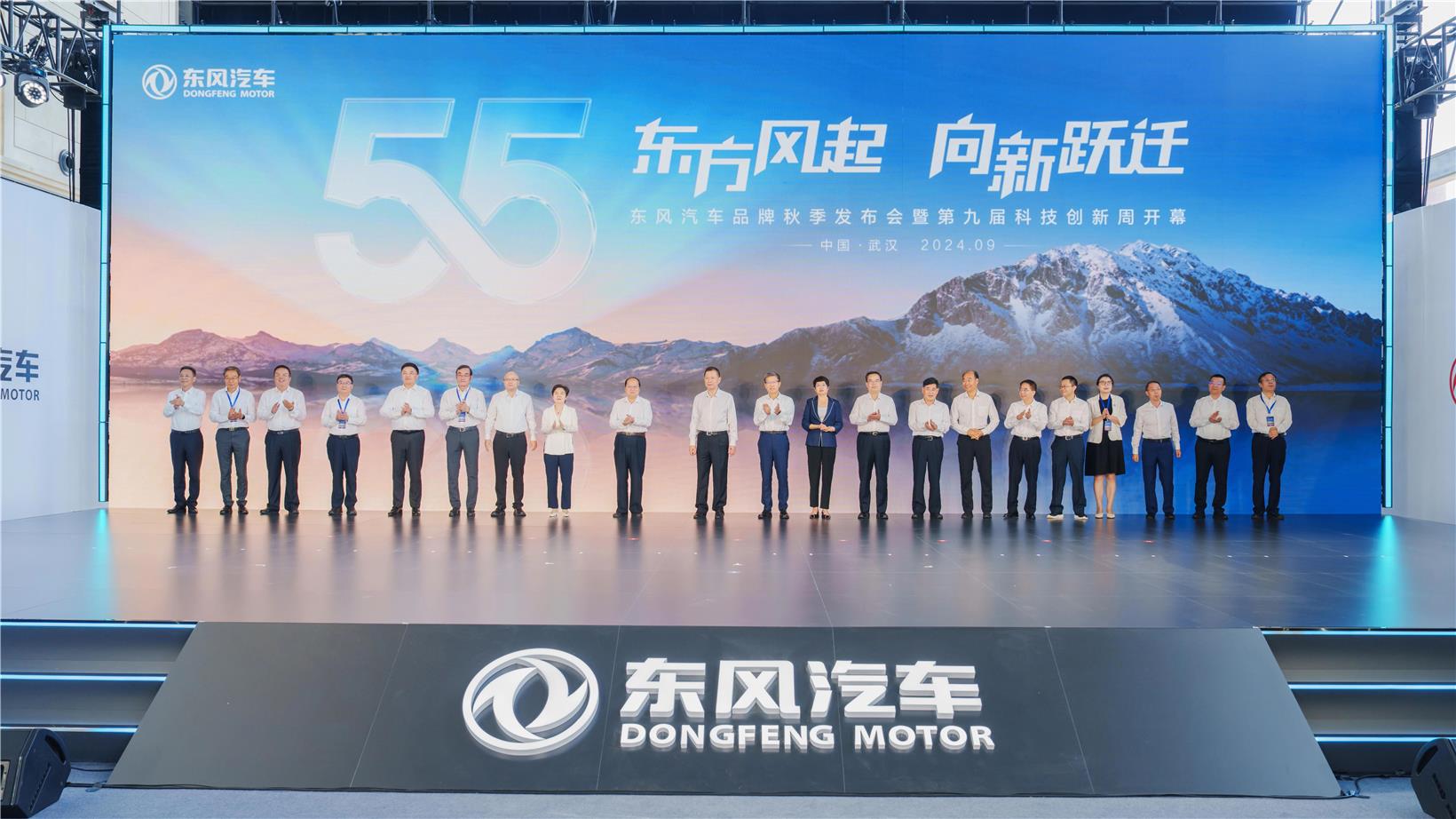
Photo credit: Dongfeng Motor
To excel in the intelligent era of automotive development, Dongfeng Motor introduced the “New Vehicles, New Technologies” initiative. The automaker believes that future intelligent vehicles will integrate the energy, transportation, and information networks of cities, achieving “three-network convergence.” It will combine smart driving, intelligent cockpits, smart platforms, intelligent energy systems, and smart manufacturing, offering a “five-intelligence integration.” These vehicles are envisioned to have a "robust body," a "powerful heart," a "wise brain," and an "agile nervous system," reshaping the relationship between humans, cars, and life. They will revolutionize the driving experience, redefine vehicle structures, and continuously upgrade mobility.
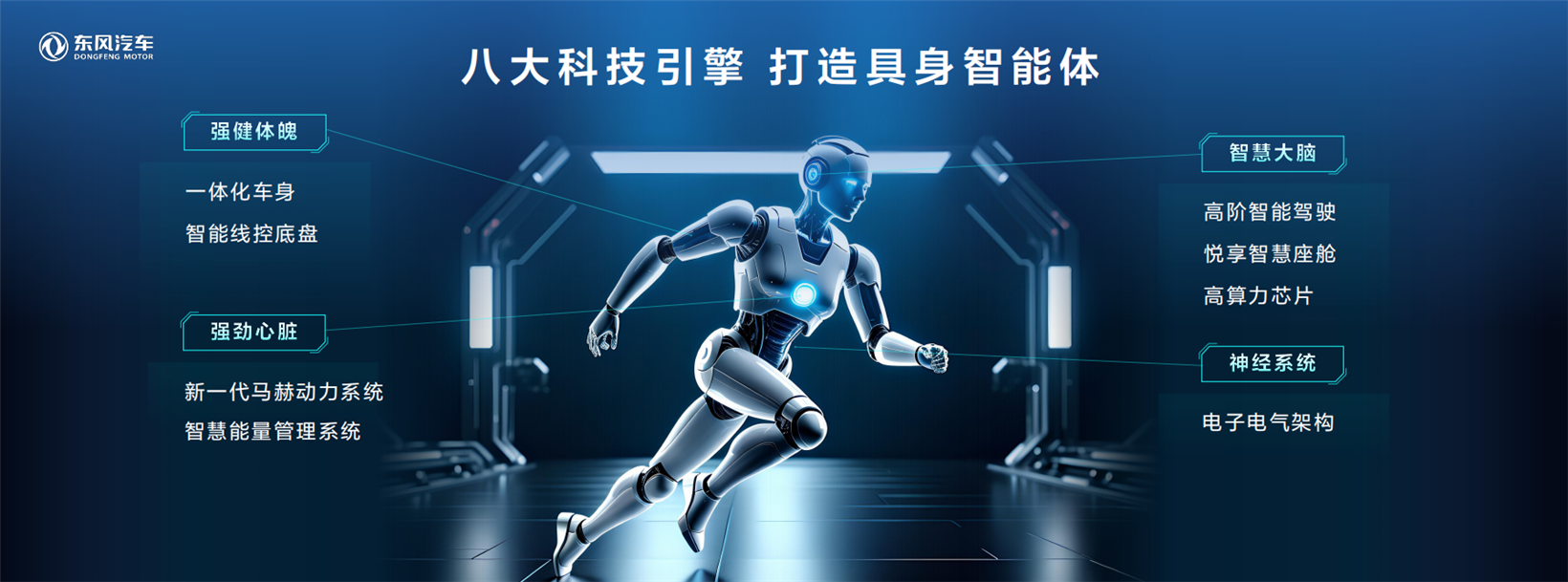
Photo credit: Dongfeng Motor
Through ecosystem partnerships, Dongfeng Motor has achieved significant breakthroughs in the automotive supply chain. Notably, it completed the first tape-out of three automotive-grade chips, filling a gap in the domestic market. Additionally, Dongfeng Motor independently developed a centralized electronic and electrical architecture tailored to the needs of new energy vehicles (NEVs). It is also advancing the next-generation Tianyuan
The new Tianyuan architecture is built on a hardware platform and software services while connecting with the cloud in real-time for end-to-cloud integration. This architecture features a comprehensive evolution across four dimensions. It integrates Huawei’s Qiankun vehicle control module to optimize vehicle ECU configurations, reducing ECU numbers by 20%. It offers over 1,000 atomic services with a unified interface and uses AI large models to learn user preferences, delivering personalized driving experiences. The architecture also incorporates the industry’s first automotive-grade, multimodal, dual-wavelength optical communication solution, enhancing vehicle motion coordination with millisecond-level response times and quadrupling control efficiency. Moreover, it supports service personalization and system self-evolution for an enhanced user experience.
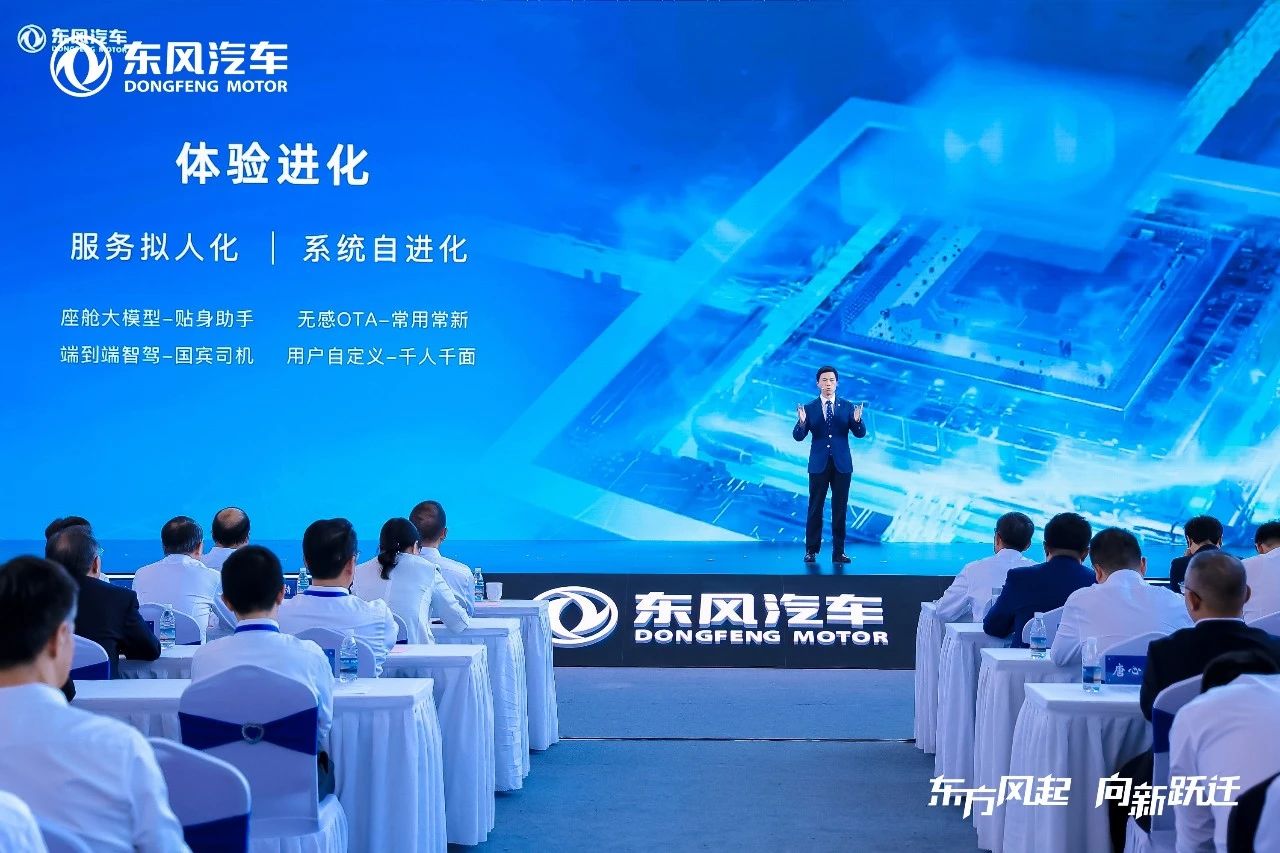
Photo credit: Dongfeng Motor
In the commercial vehicle segment, supported by the "1+n" R&D framework, Dongfeng Motor has brought together talent, technology, and manufacturing resources in the NEV field to develop the 4.0 modular platform—the T1 Platform. This platform provides modular, integrated, and customizable next-generation NEV products for commercial vehicles.
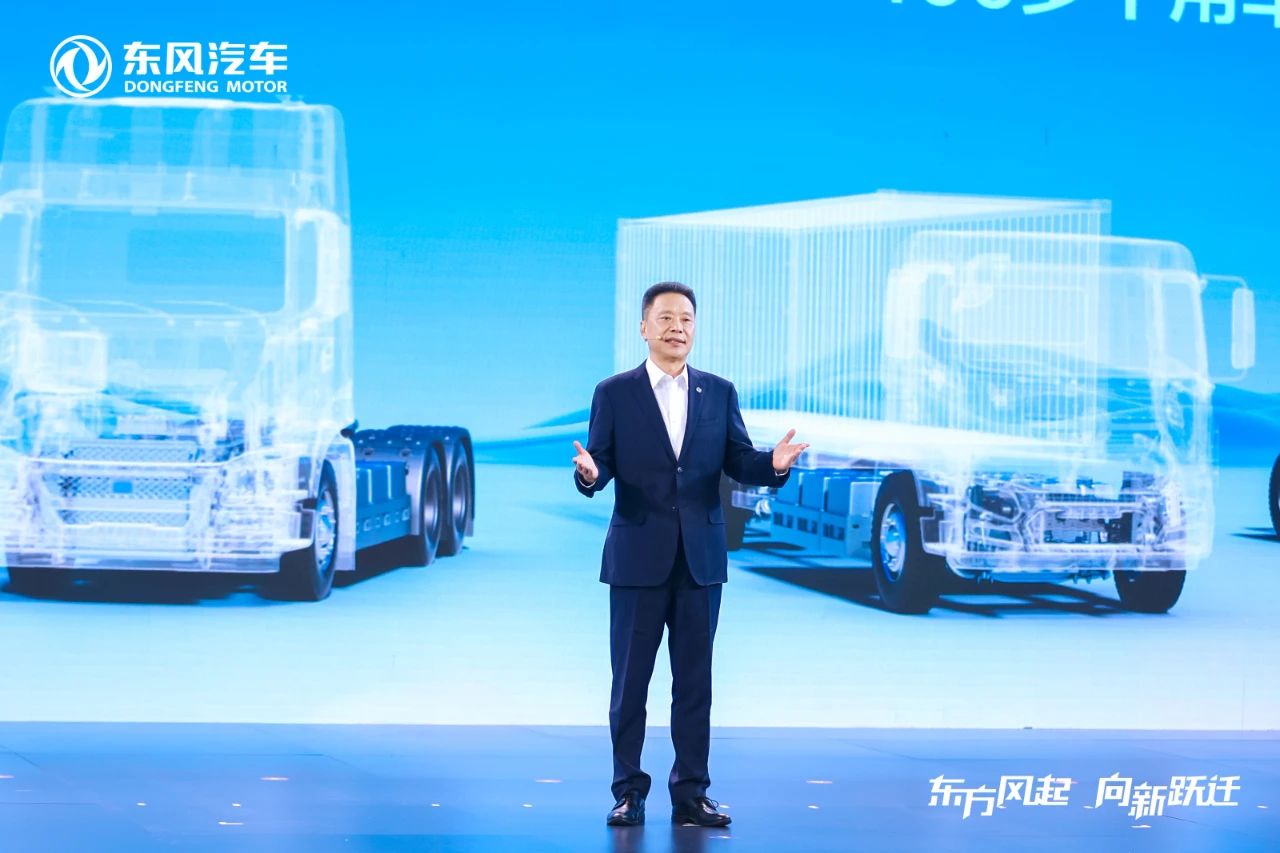
Photo credit: Dongfeng Motor
The T1 Platform, fully developed and manufactured by Dongfeng Motor, is its fourth-generation new energy commercial vehicle platform. It includes core modules such as a highly integrated modular fast-charging battery, an 800V silicon carbide high-efficiency integrated electric drive axle and central electric drive system, an eight-in-one integrated central domain control system, and an intelligent all-domain integrated thermal management system. The platform is also highly flexible, supporting hydrogen fuel cells, autonomous driving, and other modular technologies.With its all-scenario design, the platform’s product lineup covers four major vehicle types, including tractors, cargo trucks, dump trucks, and specialized vehicles. It spans 29 sub-markets and over 400 use cases, offering fully customizable products tailored to customer needs.
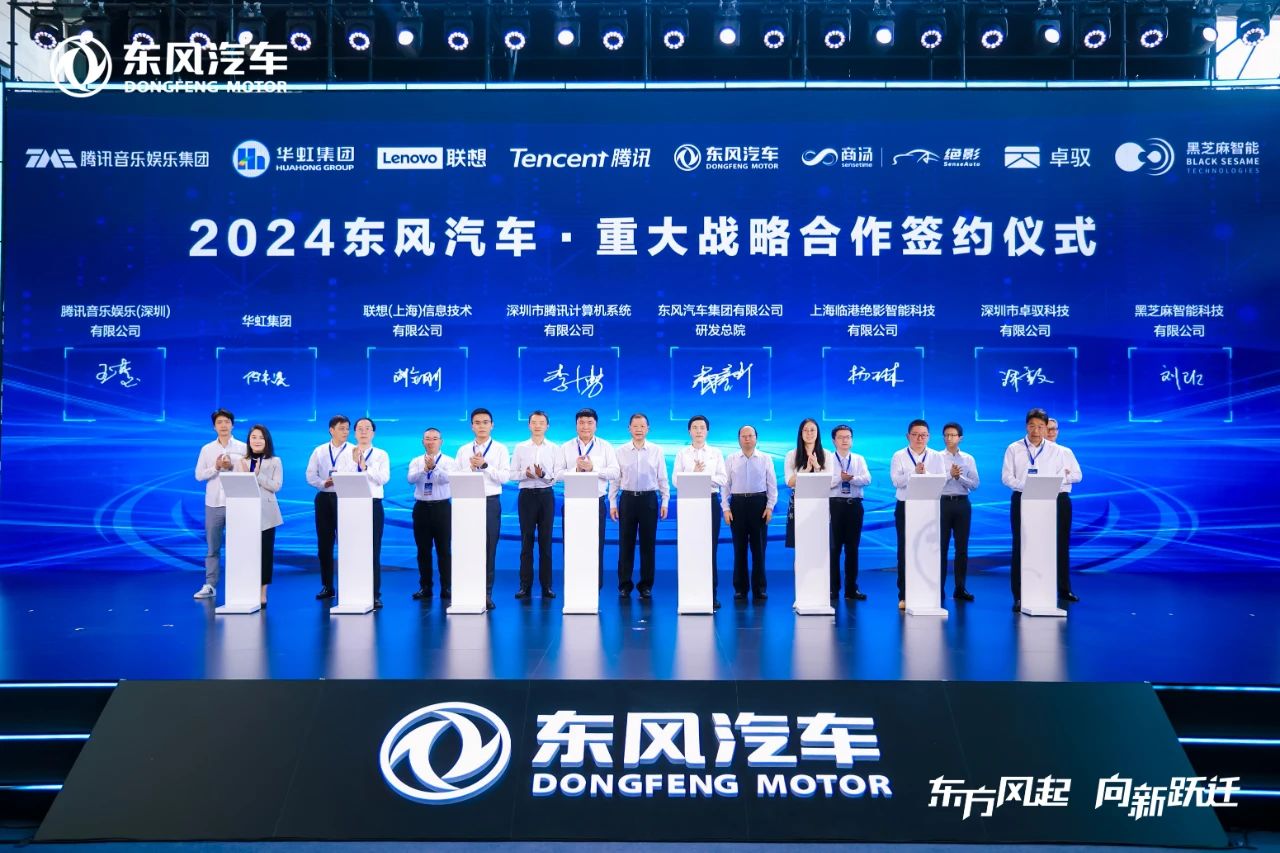
Photo credit: Dongfeng Motor
To build an intelligent innovation ecosystem, Dongfeng Motor signed strategic cooperation agreements with 14 partners, including Tencent. These collaborations focus on AI intelligence, autonomous driving, smart cockpits, chips, low-altitude economy, foundational technologies, and cutting-edge innovations. Together, they aim to establish a new ecosystem of intelligent innovation and accelerate the race to lead in automotive intelligence.

